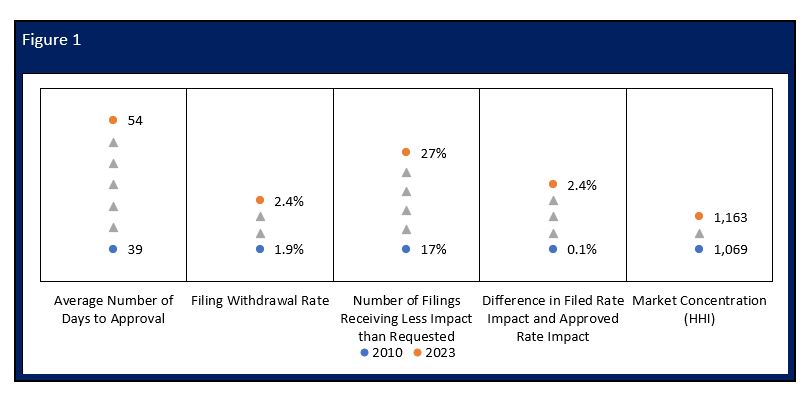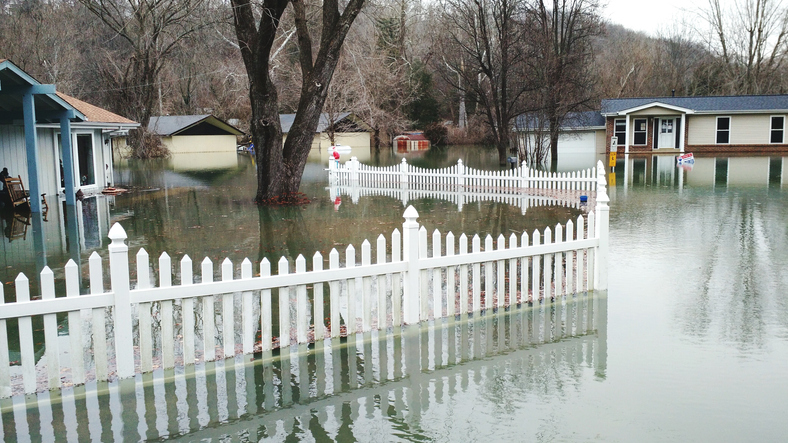
Drivers seem to have become more comfortable in the past year with the idea of giving up their data to help insurers more accurately price their coverage.
In May 2019, mobility data and analytics firm Arity surveyed 875 licensed drivers over the age of 18 to find out how comfortable they would be having their insurance premiums adjusted based on typical telematics variables. Between 30 and 40 percent said they would be either very or extremely comfortable sharing this data.
In May of this year, they ran the survey again with more than 1,000 licensed drivers.
“This time,” Arity says, “about 50 percent of drivers were comfortable with having their insurance priced based on the number of miles they drive, where they drive, and what time of day they drive, as well as distracted driving and speeding.”
This is a year-over-year increase of more than 12%. What happened?
The answer begins with a “C” and ends with a “19.”
Money talks…
Telematic information was part of the reason insurers could return money quickly to their customers during the COVID-19 pandemic, and that fact seems to have brought positive attention to usage-based insurance (UBI). Telematics combines GPS with on-board diagnostics to record and map where a car is, its condition, and how fast it’s traveling. This technology is integral to UBI, in which insurers are able to adjust premiums based on driving behavior.
During the first wave of the pandemic, Arity data showed considerable changes in how and when people were driving when they began to self-quarantine in March 2020. Driving across the U.S. dropped significantly, and this data helped spark the trend of insurance carriers offering refunds to their policyholders.
“These paybacks were widely covered by the media, including Forbes, so consumers became aware of the potential savings, even if their own insurer didn’t offer a discount,” Arity reports.
“Private-passenger auto insurers returned around $14 billion in premiums this year to the nation’s drivers as miles driven dropped dramatically in the pandemic’s early months,” says James Lynch, Triple-I’s chief actuary. “This resulted in a five percent reduction in the cost of auto insurance for the typical driver in 2020, as compared to 2019.”










